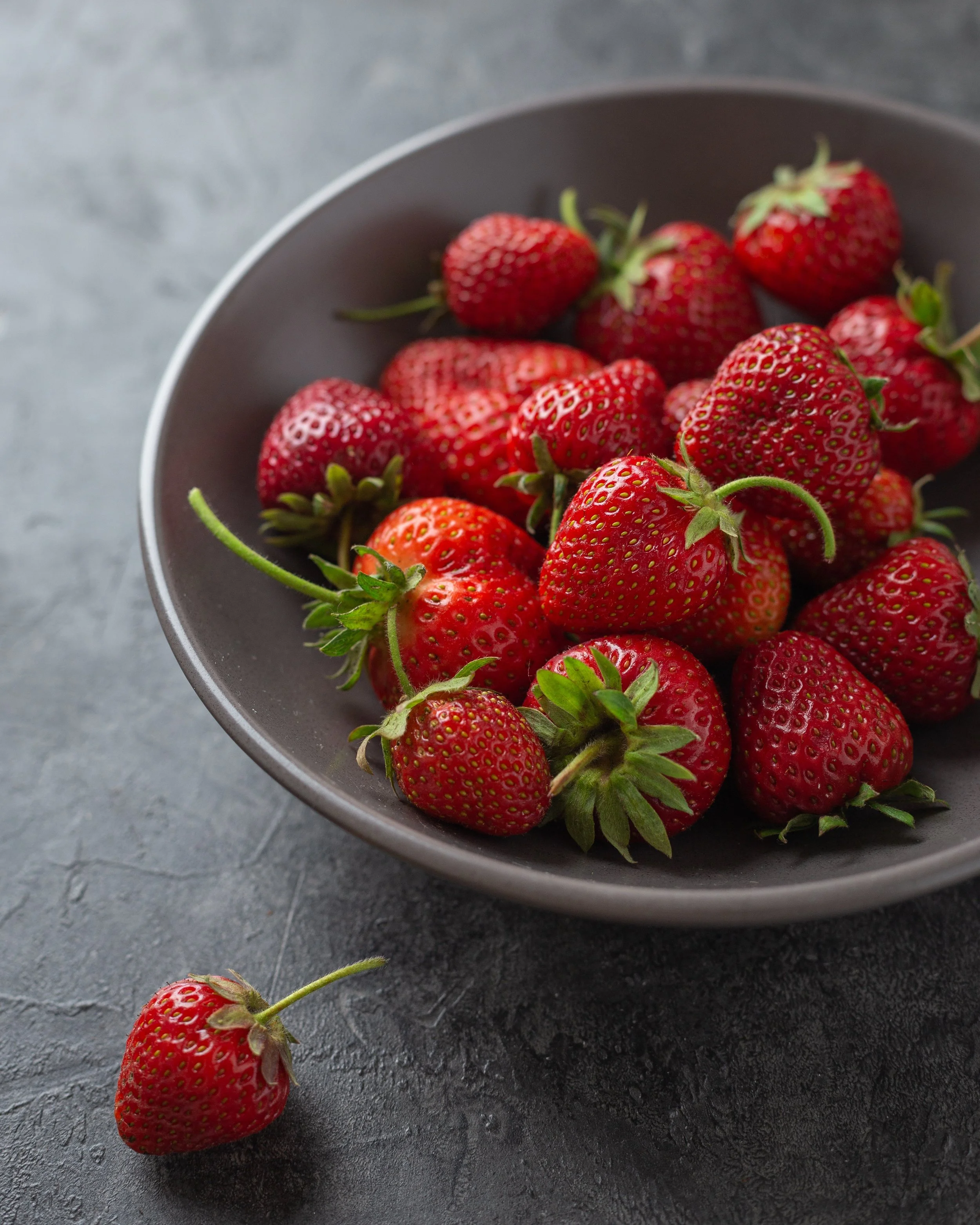How Much Fiber Should You Eat In A Day?
Reviewed By Danielle Glesne, RDN, LD, CDCESA mounting body of research is showing us that optimal fiber intake is beneficial—if not critical—for healthy digestion as well as reducing the risk of chronic disease and adverse health conditions.
In this article, we’ll look at…
What is fiber?
What are the health benefits of optimal fiber intake?
Recommended daily fiber intake for men and women
Fiber-rich foods to help you achieve optimal intake
Sound good?
Let’s get started…
What is Fiber?
Fiber is a type of carbohydrate the body can’t digest. While most carbohydrates are broken down into sugar molecules known as glucose, fiber cannot be broken down into sugar molecules. Instead, it passes through the body undigested.
Fiber is divided into two broad categories:
Soluble fiber: Dissolves in water and can be metabolized by the “good” bacteria in the gut
Insoluble fiber: Does not dissolve in water
And it’s important to note that most fiber-rich foods contain a combination of both soluble and insoluble fiber.
Health Benefits of Fiber
Optimal fiber intake is associated with a wide array of benefits, to include:
Feeding “good” gut bacteria—some of which are crucial for various aspects of your health, including weight, blood sugar control, immune function, and brain function (PMIDs: 12583961; 17183309; 20876708; 15894105; 21303428)
Aiding in weight loss by reducing overall calorie intake—as fiber can increase the feeling of fullness (PMIDs: 11396693; 15797686; 10721886)
Reducing blood sugar spikes after a carbohydrate-rich meal—as fiber can slow nutrient absorption (PMID: 18287346)
Reducing the risk of colorectal cancer—the third leading cause of cancer deaths around the world (PMID: 26269366)
Lowering the risk of heart disease—the #1 cause of premature death in the United States and around the world (PMID: 14980987)
So, with those health benefits (and more) in mind, how much fiber should you aim to consume each day?
Recommended Daily Fiber Intake
In general, when it comes to fiber, the recommended daily intake depends on calorie intake, but for ease the USDA gives guidelines based on two factors: age and sex.
The USDA’s Dietary Guidelines for Americans suggests the following:
Men age 50 and younger: 31-34g daily
Men age 51 and older: 28g daily
Women age 50 and younger: 25-28g daily
Women age 51 and older: 22g daily
Consumer research has shown the public is aware of the benefits of fiber and most people believe they consume enough fiber. However, national consumption surveys indicate that only about 5% of the population meets recommended fiber intake, with the average American only consuming about 16g of fiber per day. (PMID: 30202317)
With all that said, what are some fiber-rich foods to help hit optimal daily intake?
Fiber-Rich Foods
Below is a (non-exhaustive) list of fiber-rich foods to consider consuming more often to reach optimal daily fiber intake.
Apples
Artichokes hearts
Avocados
Bananas
Beans
Beets
Berries
Broccoli
Brussels sprouts
Carrots
Chia seeds
Chickpeas
Dried fruits (i.e. figs, prunes, dates)
Edamame
Lentils
Nuts
Oats
Pears
Potatoes
Quinoa
Split peas
Whole grains
For some high-fiber and/or high-protein breakfast ideas, visit our Free Nutrition Resources page and download the free Healthy Breakfast Ideas guide.
Questions?
If you could use some guidance on what this means for your individual context or goals, please don’t hesitate to CONTACT US.
We’re here to help.
